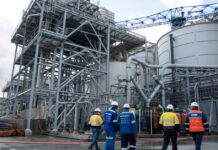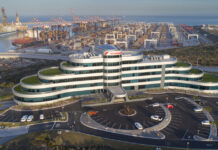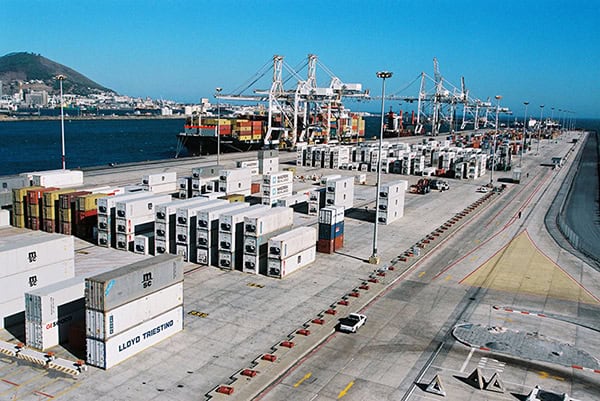By Larry Claasen
TRANSNET’s claim that it is sorting out congestion at the Port of Cape Town rings hollow, says South African Transport Alliance (SATA) CEO Derick Ongansie.
The transport utility says it has made progress in decongesting the port, when it came to reducing waiting times for ships, but Ongansie says Transnet has done little to reduce the waiting time for trucks trying to unload their containers.
He says despite frequent meetings with Transnet and other roleplayers, little has been done to speed up the process, and that it’s not unusual to have up to 500 trucks a day waiting to get into the port.
One of the main issues behind the delays has been the booking system for allowing trucks into the port. Though Transnet Port Terminals (TPT) introduced a new pilot booking system at Durban Container Terminal in August, it has not done so for the Port of Cape Town.
The new booking system for Durban saw it shift from having six windows in a 24-hour period where an average of 325 truck booking slots are made available every four hours, to having two windows in a 48-hour period where an average of 2 840 truck booking slots will be made available in one go.
Transnet said at the time that “this would allow smaller transporters with less resources to compete fairly with bigger transporters who had dedicated administrative staff to secure bookings.
The new booking system at Durban follows the introduction of a new one for the Port of Richards Bay over a year ago. This new system, along with its efforts to move the transportation of coal from road to rail has reduced congestion at this port.
Transnet did not respond to questions on whether a new booking system for haulers will be introduced at the Port of Cape Town.
Aside from the booking system, Ongansie says the work schedule for Transnet’s staff at the Port of Cape Town also causes delays. He gives the example of how staff breaks for lunch, they close the gates and the trucks must just wait outside until they come back to work.
This issues around traffic congestion at the port are so severe, Ongansie says it was the reason SATA was created, as it would give haulers a platform to voice their concerns.
Though Ongansie and SATA say more can be done to reduce congestion, Transnet said in its results for the year to end March 2024 that it was making progress in improving its operational performance.
“Through its Port Terminals division, Transnet invested an additional R130-million in procuring seven second-hand rubber-tyred gantries (RTGs) for the Port of Cape Town. This investment was made to address the crisis experienced in January 2024 with the import and export of fruit. These gantries have since been delivered and are operational, significantly improving throughput at the port.”
Transnet National Ports Authority (TNPA) has also invested over R200-million to replace all 37 capstans at the dry dock facilities of the Durban and Cape Town ports, standardising the ship repair equipment.















